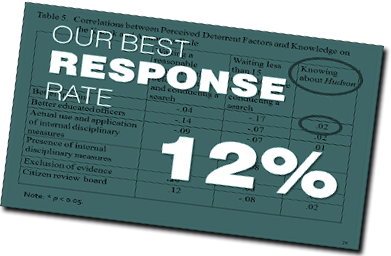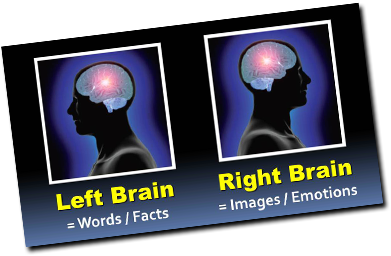The New Presentation RulesTom Nixon2018-12-07T19:38:11+00:00

14 concepts that guide our workshops and seminars – to rule your presentations and amaze your audience!
These rules for visual presentations are all about connecting with your audience – not dumping data and text on a screen and reading it. They are about delivering meaningful content; about inspiring and motivating. The old way is about boring your audience — this new way will help you build a bridge to them, close more sales and supercharge your career.

Take your audience on a journey.
Know who your audience is. Know their demographics and their biases. Know where they are and where you have to begin. Then bring them along on a journey to where you want to go. Build a plan to get them there. |

You (and your knowledge) are the reason they are here.
Why are you the presenter? Did your audience come to see your slides or did they come to experience your wisdom on the subject? This is your chance to shine — don’t let PowerPoint steal your spotlight. Show them the perspective and the expertise that only you can bring. It is an incredible opportunity. |

Keep PowerPoint off. Write your speech first.
Do you initially create your presentations in PowerPoint? PowerPoint works best when it is used to add visuals to an already well-crafted speech. First, build a simple, scalable and effective presentation plan based on the proven technique of Point-Story-Application. Then add appropriate visuals. |
 Understand the tools. Understand the tools.
Three of the tools at your disposal are: handouts, visuals and you (your voice and presence). Do you know how well each delivers information? Additionally you can employ video, audio, props, audience experience, internet connectivity and more. Understanding the strengths and weaknesses of each of these tools is the key. |

Simple is best but don’t dumb it down.
Are you an expert in your subject area? You should be able to draw from a deep reservoir of knowledge. But can you make it simple and understandable to your audience? Just as important: can you also show the required depth of information that the audience needs to build confidence and understanding in what you are presenting? |
Get good at speaking.
Presentation skills are your main tool for delivering content. How good are you at the basics — your presence, gestures, body movement, eye contact, voice, etc. These are the ways that you engage your audience on a personal and very powerful level. |
Tell stories.
We are hardwired to listen to, respond and buy into the stories we hear. It is how our ancestors first developed and learned language. Traditionally, businesses have been reluctant to engage their audiences this way. But stories are the most powerful and effective way to reach and influence others — human to human. |
Build great slides.
What are the elements that make a weak slide? What makes a great slide? How do you use backgrounds, text, images, charts and graphs as building blocks to help deliver a clear message? Part of the problem is there are few hard and fast rules. The best slides are what works for you and the audience and the content. |
 Use keywords, not sentences. Use keywords, not sentences.
How often do we see speakers turn and read from the screen? It is by far the number one audience complaint with PowerPoint presentations. Keep your slides simple by reducing content to keywords. Provide the details orally or in handouts. You keep the focus on you and you won’t be tempted to read long text from the screen. |

Make data meaningful.
PowerPoint makes it easy to present tables and graphs with a bewildering amount of data. It is your job to make sense out of all of it for your audience. Can you extract meaning from the details and show them the specific data that is critical to their understanding? |
Don’t trust technology.
Just when you have no backup plan everything will go down. Be double prepared. Have your slides on a CD and a thumb drive plus your laptop. Make extra copies of your notes. Be ready to give a great speech with no visuals. Sooner or later you will have to. |

Create dynamics – mix up pace, style and media.
Our fast-paced, multi-tasking, short attention span world demands a mix of delivery styles, media and pace. How can you keep their attention and deliver meaningful information?
|
Interact with your audience.
Audiences have always enjoyed being informed and even entertained. But today’s audiences want to be participants, saying: “Show me.” “Let me experience what you are saying.” Having a two-way conversation with your listeners is an advanced skill but one well worth developing. |
Show passion for your subject.
Passion trumps everything. If you feel it – don’t be afraid to show it. Your intensity will be contagious and you will be a long way to winning over your audience. |

Rehearse.
Professional speakers know the secret ingredient to a successful presentation is practice. Visuals add layers of information that must be considered. Practice using a variety of methods such as video, audio and coaching is the key — smoothness and confidence are the result. |




 Understand the tools.
Understand the tools.



